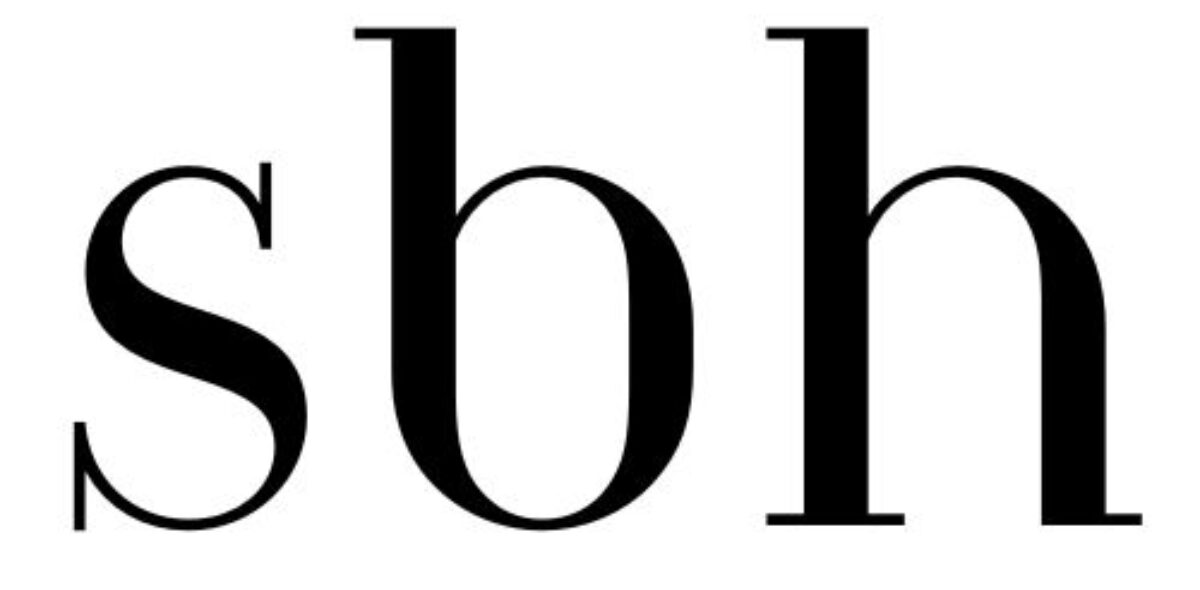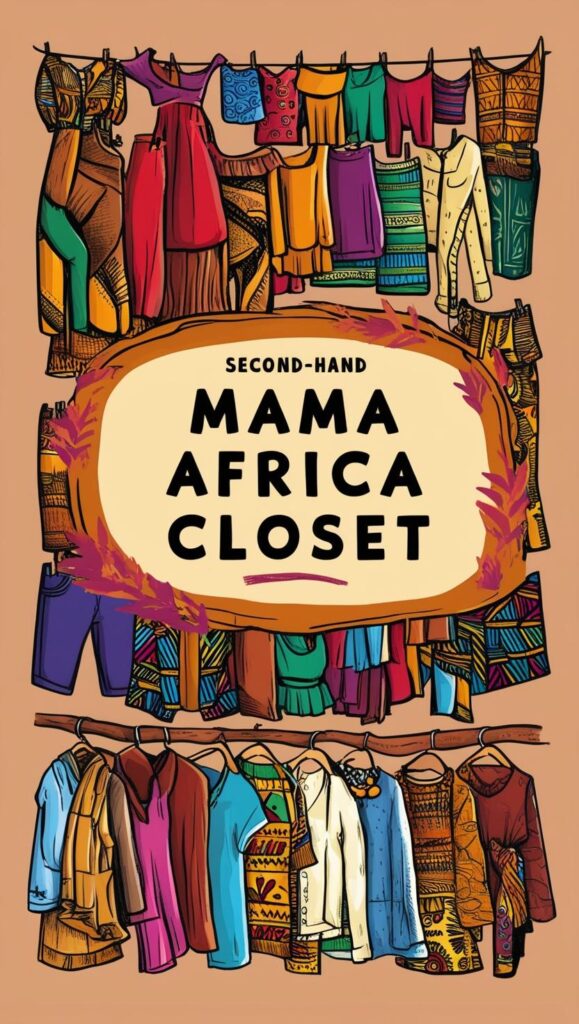Executive Summary
Mama Africa Closet is a retail business in Durban, South Africa, specializing in second-hand clothing for men, women, and children. With a focus on affordability and sustainability, we provide stylish, pre-loved fashion at prices accessible to the local community.
Our goal is to become a popular destination for budget-conscious shoppers and fashion enthusiasts in Durban. Within the first year, we aim to establish a loyal customer base, achieve a monthly turnover of R40,000, and expand our inventory to include vintage and branded items.
1. Business Strategy
Core Business: Retailing second-hand clothing with a focus on quality, affordability, and sustainability.
Target Market:
- Budget-conscious families in Durban.
- University students and young professionals looking for affordable fashion.
- Fashion enthusiasts seeking vintage or branded items.
Objectives:
- Achieve a monthly turnover of R40,000 by month six.
- Build a customer loyalty program within the first year.
- Launch an online store by the second year to expand reach.
2. Marketing Plan
Client Profile:
- Local families looking for everyday clothing.
- Young adults interested in unique or branded pieces.
Competitor Profile:
- Local charity shops and informal second-hand traders.
Product Profile:
Our collection includes:
- Everyday wear for men, women, and children.
- Branded items like Levi’s jeans and Adidas sneakers.
- Vintage pieces such as retro dresses and jackets.
Pricing Strategy:
- Everyday items priced between R50 and R150.
- Branded and vintage items priced from R200 to R400.
Promotional Strategy:
- Social media campaigns showcasing new arrivals.
- Loyalty program offering discounts after every 5 purchases.
- Collaborations with local influencers to promote the store.
3. Operations Plan
Store Setup:
- Located in a busy shopping area in Durban with high foot traffic.
- Store layout designed for easy browsing, with sections for men, women, and children.
Inventory Management:
- Clothes sourced from wholesalers and community donations.
- Regularly update stock with fresh items to keep customers returning.
Quality Control:
- All items inspected, cleaned, and repaired before being placed on the shelves.
4. Staffing Plan
Initial Team:
- Owner/Manager (handles buying, marketing, and overall operations).
- Two retail assistants (customer service and inventory).
Growth Plan:
- Hire an online sales assistant once the e-commerce store is launched.
5. Financial Plan
Start-Up Costs:
- Store renovations: R50,000.
- Initial inventory: R20,000.
- Marketing: R10,000.
Monthly Costs:
- Rent: R12,000.
- Salaries: R18,000.
- Utilities: R3,000.
Revenue Projections:
- Initial target: 500 items sold per month at an average price of R80 = R40,000.
Break-Even Point: Expected within six months.

